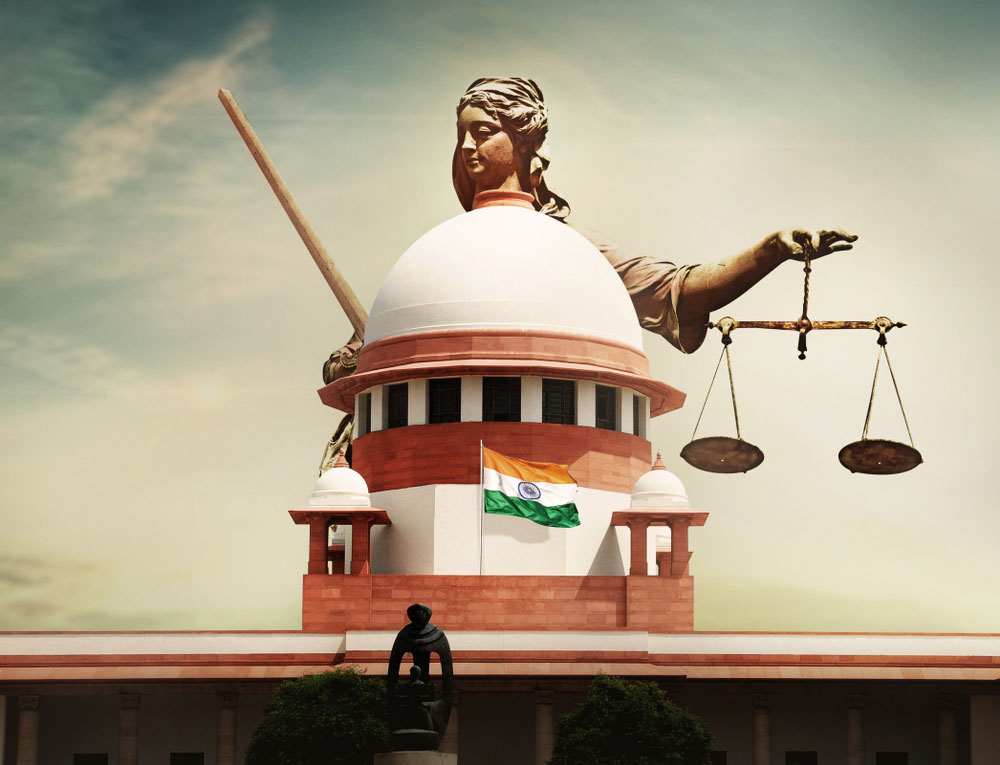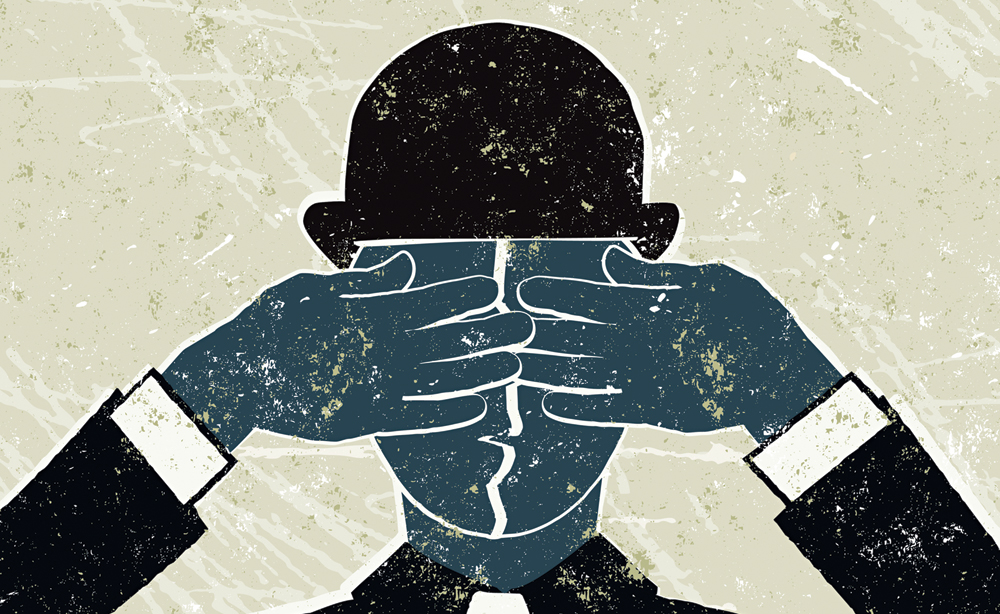If delayed justice spells doom, then the most pressing question ought to be why is there a delay in the first place? This question is of particular importance in India, where the legal system is burdened by an overwhelming backlog of cases. Some answers seem to have been provided by a recent study commissioned by the Union law ministry and conducted by the Indian Institute of Management Calcutta. The findings are grim: on an average, it takes over two-and-a-half years for a litigant to get a judgment. Worse, only 41 per cent of this time involves the actual functioning of the court. The reasons unearthed for these dismal figures include, especially at the level of trial courts, the shortage and non-attendance of judges, arbitrary adjournments, the absence of lawyers and witnesses and prolonged legal arguments. None of these concerns is new. For instance, a former chief justice of the Supreme Court had, in 2016, made an impassioned plea for the appointment of more judges. Such worrying gaps in a democracy with functioning courts contribute greatly to the public perception about the slow pace of the Indian judicial system. As the findings of the study indicate, none of the problems feeding this perception has been addressed.
The long pendency of cases, for example, raises questions about the accountability of the legal edifice to the litigants and, by extension, all citizens. The convoluted nature of the litigation process is another cause cited by the study for judicial delays. This inconveniences those seeking redressal, given that significant sections of the litigants belong to marginalized communities with little access to education or the means to afford proper legal representation. The paucity of judges, it is believed, is a major factor in the pendency of cases. At the end of 2018, there was a shortage of more than 5,000 judges in India’s lower courts, usually the first point of contact between the people and the judiciary. But filling up vacancies need not help expedite the process of dispensing justice. Earlier this year, it was reported that lower courts in Bengal are at 92 per cent capacity in terms of judges. Yet, 50 per cent of cases have been pending for over three years. The increase in the number of judges must be accompanied by improved administrative infrastructure dedicated to curbing case-related delays. This can only be achieved with the help of judicial reform, which a democracy must undertake anyway as part of its overall development. Without such reform, the burden on the judiciary — which has a direct effect on the costs incurred by litigants — could mount pressure on a democracy’s search for justice.



.jpg)








